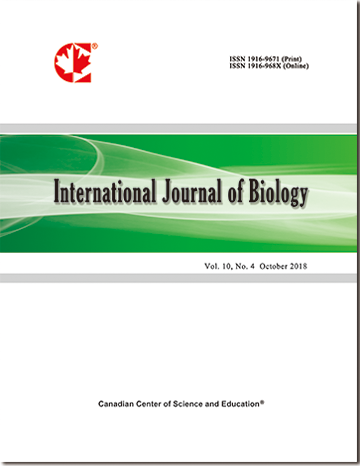Life Cycle of Tree Frogs (Hyla savygnyi) in Semi-Arid Habitats in Northern Israel
Abstract
The life cycle of tree frogs (Hyla savygnyi) in localities of various habitats in northern Israel in the Upper Galilee and Golan Heights (annual rainfall range of 500-1,000 mm) and the Hula Valley, ranging from 212 to 740 m above sea level (ASL), was studied. Tree frogs were observed around winter rain pools, springs and streams. Fifty-one different breeding places were monitored. Only ponds and springs having stable non-flowing water are used by tree frogs for reproduction and are where larvae can metamorphose. The male call in the breeding places attracts the female, who then comes to the male, and breeding occurs underwater. Breeding time in Israel varies according to location and geographical and ecological conditions. It takes place in March-April in northern Israel, the Upper Galilee, the Golan Heights and the Hula Valley. In various breeding places, larvae grow between April and June. Apparently tree frog larvae adapt to breeding places where stable water is found, such as in ponds or springs, but not to breeding places with flowing water such as streams or rivers. Various Anuran and Urodela larvae were found in the same breeding sites where the larvae of H. savygnyi were found, including Pseudepidalea Viridis, Rana bedriagae, Pelobates syriacus, Salamandra infraimmaculata and Triturs vittatus. Following metamorphosis, H. savygnyi adapt to terrestrial life in semi-arid habitats, and is found on plants or in hiding places under rocks and in holes to prevent dehydration particularly during hot and dry weather. The ability to change color helped the frogs to hide in various substrates. The rate of water loss of terrestrial H. savygnyi during dehydration is around 50% of body weight. Plasma osmolality increased from 200 mOsm/kg to about 450 mOsm/kg, which helped the tree frog to survive in semi-arid habitats.
 PDF
PDF
